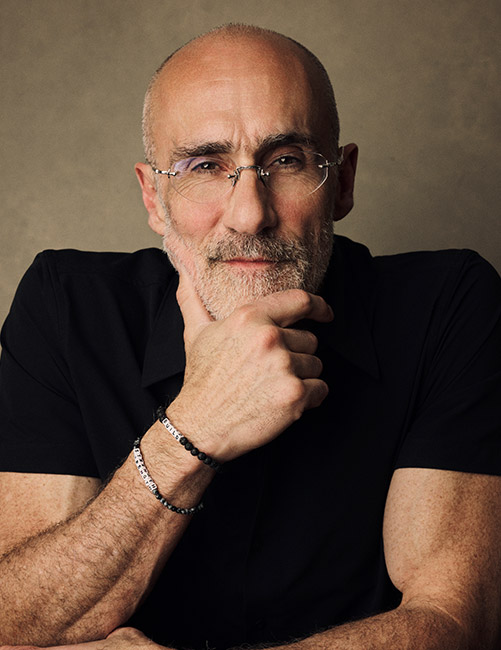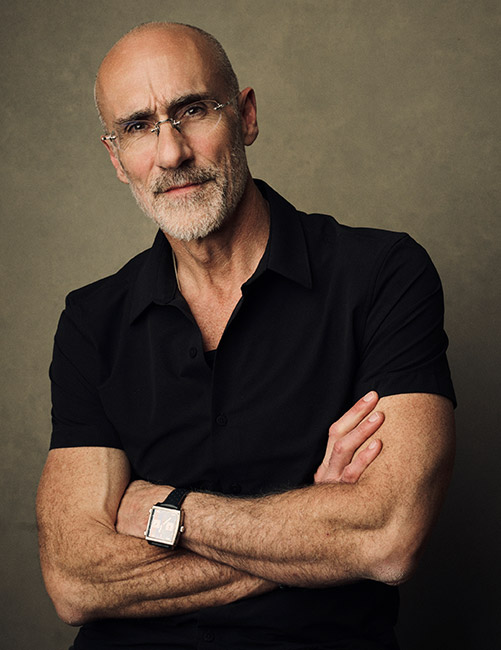Your instincts aren’t just whispers. They’re a compass pointing you toward the life you’re meant to live. But in a world obsessed with speed, metrics, and outcomes, most of us forget how to listen. Join Arthur and Simon as they explore why so many of us feel unhappy today, the real equation for joy, and why following your gut is essential. Along the way, Arthur shares how to treat life like a pilgrimage, why AI may strip away the struggle that makes us wise, and why the process - not the outcome - is where happiness lives.








.png)











